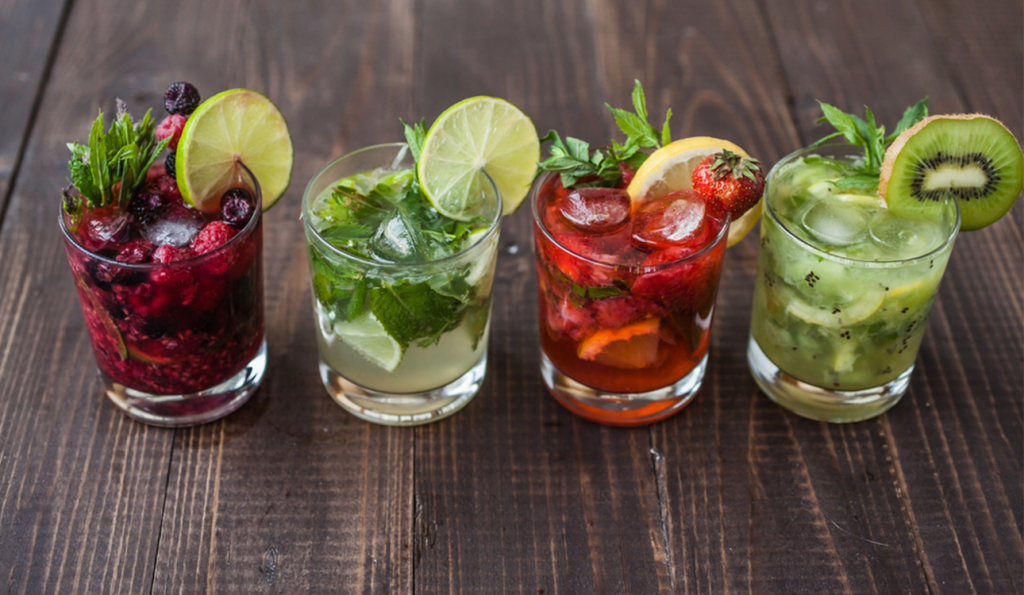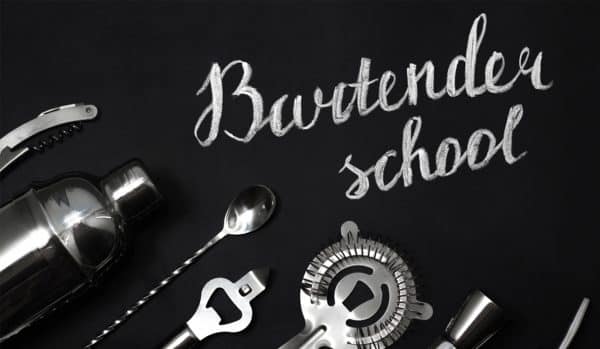Stirred, Not Shaken – What’s The Difference Between Shaken and Stirred Cocktails?
We’ve all been googly-eyed over a bartender with insane mixology skills when they are shaking a cocktail. But what place does stirring have when it comes to mixing cocktail ingredients? In this journal, we will discuss the difference between stirring and shaking your cocktails and how to know which method to use if your recipe doesn’t specify.
Why Does it Matter?
The point of stirring or shaking is to chill or dilute the cocktail (or both). When the ice melts, the diluting helps the ingredients to bind, and this helps the cocktail feel like a carefully curated drink that is softer on your palette but lets all the flavors shine through. Therefore, just like baking methods matter, the way you mix the ingredients in a cocktail can slightly alter the end result of your drink.
However, you may still wonder why the method of mixing matters (try saying that ten times over when you’ve had a few cocktails!). Firstly, alcohol may bruise when it is shaken. Shaking can also cause clear drinks to become cloudy in appearance. Additionally, shaking can dilute the recipe more than is necessary. But shaking is also a much faster way to achieve a blended, chilled drink (and, of course, it just looks so sleek!).

How to Know if You Should Shake or Stir Your Cocktail
All cocktail recipes on the Barillio blog define which mixing method to use for each drink, so be sure to check out our recipe archive for easy-to-follow recipes to make with your mixology set.
However, if you aren’t sure which method to use or want to experiment with your own recipes, here are some bartending pro tips we swear by:
- Choose to stir when all the ingredients are clear. If one or some of the ingredients are cloudy, grab your shaker.
- Stir when most of the recipe is alcohol. Shake if the recipe is mostly juice.
- Shake when your drink uses citrus ingredients, egg white, cream, or milk. For example, a classic martini should be stirred, but you should shake a chocolate martini as it contains heavy cream, creme cacao, and Baileys.
Stir, Shake or Build?
With the risk of sounding like a gameshow host, there is also a secret third option: building!
To build your drink, simply pour each ingredient into the glass and build as you go.
As a general rule of thumb, if your drink contains bubbles, it’s better to build. You can shake or stir your initial ingredients but don’t mess with the drink too much after adding the carbonated ingredients, as this action can quickly flatten your drink. For example, you can pour and go when serving an elegant mimosa or a lip-smacking gin and tonic.
Bartending Tips for Stirring Cocktails
Use a long spoon from your Barillio bartender kit and gently stir for about 1-2 minutes*. Don’t use a heavy hand or speedy stir as you may risk incorporating too much air into the drink. Instead, stir with care for a smooth, cold, and velvety drink.
*Unless you are making an Old Fashioned, then stir for just 30 seconds so as not to dilute the alcohol.
Cocktail Recipes to Stir:

Why Should You Stir a Martini?
If you have ever ordered a martini in a bar, you may have been asked whether you prefer your drink stirred or shaken. Shaking a cocktail seems like more fun than a simple stir, and the iconic line from the James Bond films may have you thinking shaken is the way to go. But did you know the line ‘shaken, not stirred’ from the movies was actually written as ‘stirred, not shaken in the books? The director decided to switch up the line simply because it sounded better when spoken ‘shaken, not stirred!
Therefore, we recommend stirring a martini to avoid bruising the alcohol and incorporating too much air and losing the iconic smoothness of a martini.
How to Shake Your Cocktails Like a Pro
Shake vigorously for 15-20 seconds to combine the alcohol with the non-alcohol-based ingredients. Simultaneously, you will also chill the drink while shaking it with ice. When you notice the shaker feeling cold and looking frosty, the drink will be ready to strain (if necessary) and serve.
Cocktail Recipes to Shake:
What type of Bartending Shaker Should You Use?
In a previous blog post, we discussed the most common types of cocktail shakers and when to use them. If you missed that post, here is a quick summary:
- Cobbler shakers are best for beginner mixologists as they are easy to handle and contain a built-in strainer. Shop Barillio Cobbler cocktail Shaker Sets here.
- Boston shakers are made with two components and often associate with highly skilled mixologists. The two cups are almost identical at first glance, but one is actually slightly smaller than the other. This size difference allows you to slam the smaller cup inside the larger up at an angle to create a seal. Although it may take some skill to learn how to assemble these two steel cups to avoid spilling when shaking, it can look effortless and sleek when done correctly. Then to release the seal, simply whack the side of the larger cup and wiggle the top cup off. Shop Barillio Boston cocktail Shaker Sets here.
- French shakers are a hybrid of the shakers mentioned above. Although it is a fun, classic shaker for retro drinks, it may not be as functional as the Cobbler or Boston shakers.
Master the Art of Bartending at Home
Now you are practically a mixology expert, grab your bartending kit and get to work creating some tasty cocktails at home. If you are confused about which pieces of equipment you need, go with the Brillio complete pro mixology set as this kit includes two types of shakers and a long spoon for stir-only cocktails. These sleek bar tools will upgrade your cocktail game and have everyone asking you to host the next gathering. Don’t forget you can also get 10% off your first purchase when you sign up for our newsletter!



